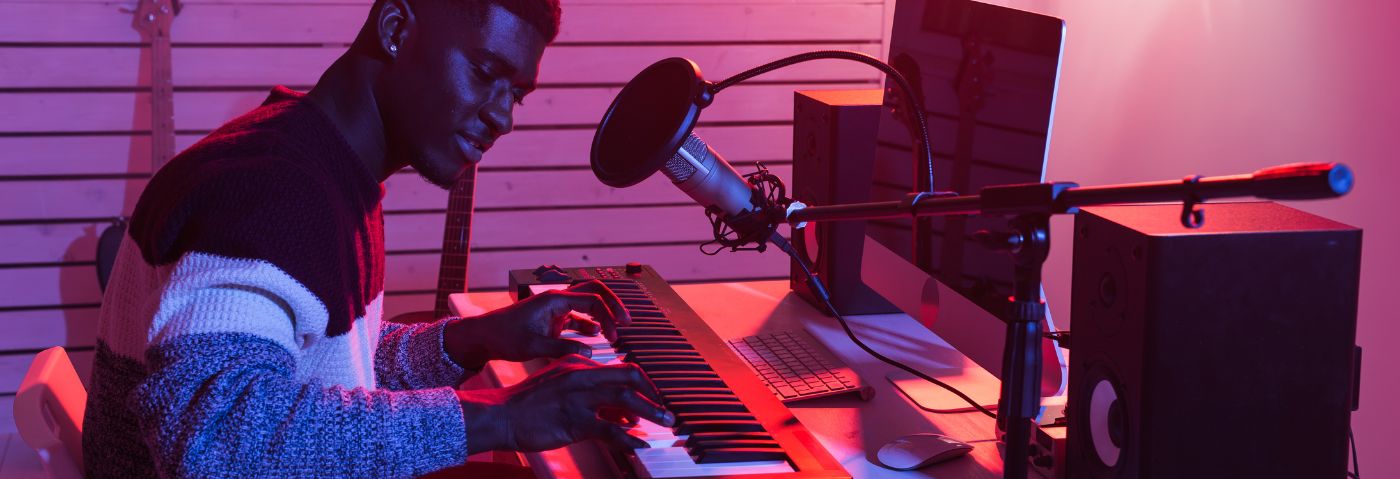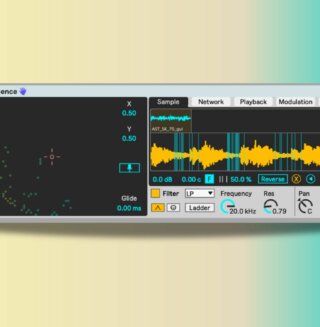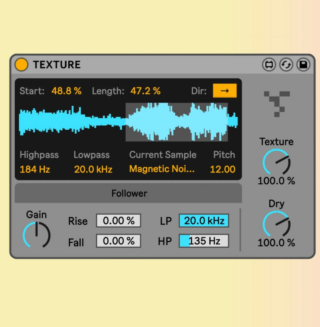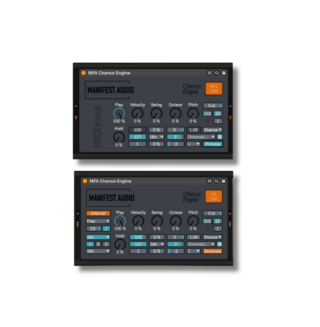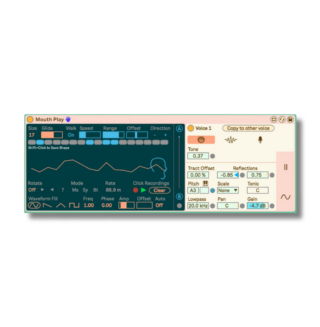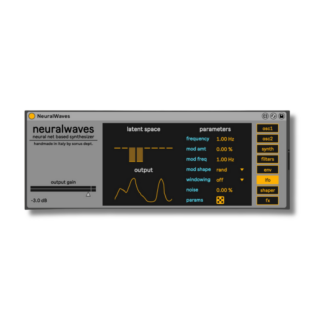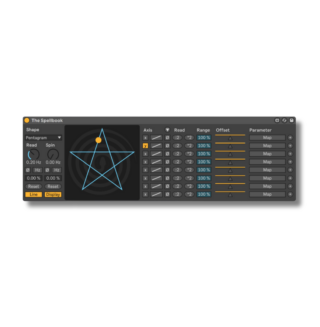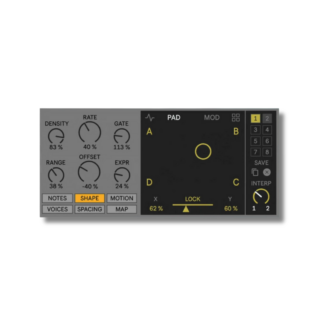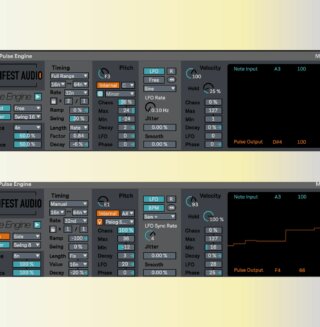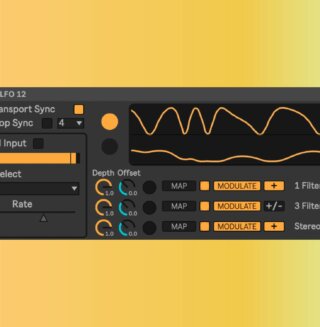Moving the studio doesn’t need to be complicated. Here are some tips for safely and securely getting all your music equipment from A to B.

Are you preparing for a big move and worried about safely relocating your precious studio equipment? Even the smallest mistake can lead to irreparable damage with music studio relocations.
This comprehensive guide will walk you through all the necessary steps to pack and move your gear without any hassles or hiccups. Let’s make this transition as smooth as playing a well-tuned piano – read on!
Planning and Preparing for the Move
To ensure a smooth relocation of your music studio equipment, it is crucial to develop a detailed plan for packing and prepare accordingly. Gather all the necessary packing materials and take the time to check that your instruments are in good condition before packing them up.
Come up with a detailed plan for packing music studio equipment
Packing your studio equipment for a smooth relocation starts with formulating a detailed plan. It’s not just about tossing items into boxes; intricate and delicate musical instruments demand careful attention and preparation.
To ensure secure packing, begin by categorizing your gear – separate the woodwinds, brass, strings, and drums. Once you’ve organized everything clearly, create an inventory list to guide you throughout the move to prevent any equipment from getting lost in transit.
High-quality packing supplies are crucial at this stage to safeguard all items during the moving process. Consider seeking professional moving assistance if needed, they can offer specialized tips for safely transporting music studio gear across country lines.

Gather all the necessary packing materials
Securing the right packing materials is a crucial first step in preparing for your studio equipment relocation. From sturdy boxes to bubble wrap and packing paper, these supplies serve as a protective shield for your valuable instruments during transit.
The ultimate list of moving supplies encompasses essentials such as packing tape, furniture accessories, and polyethylene plastic wrap that further assures safety against scratches or dings.
Notably, Walmart is a reliable retailer offering an extensive range of these indispensable moving supplies. Using a packing calculator can be incredibly beneficial to ensure you procure adequate resources for all your goods.
It will help measure the exact amount of necessary materials based on the size and quantity of items you plan to move. Be mindful that some things are prohibited when moving; knowing what not to pack while gathering materials for relocating your studio gear is essential.

Ensure the instruments are in good condition before packing
Taking the time to ensure your instruments are in good condition before packing is a crucial step. This process, known as instrument maintenance, includes examining every piece for any visible damage or performance issues that could worsen during relocation.
Think of this as an equipment inspection; you’re checking the functionality and condition of each item in your studio space. Documenting these inspections with photos is also incredibly beneficial, giving you a visual record should any damage occur during the move.
Prioritizing delicate instrument care preserves your precious gear and can prevent costly repairs or replacements. Just like other aspects of planning and preparing for the move, proper instrument maintenance requires time and diligence – it’s one task on your moving checklist that shouldn’t be rushed.
Packing Different Types of Musical Instruments
When packing different types of musical instruments, handling them with care and ensuring they are properly protected during the move is important.
Woodwind and brass instruments
Woodwind and brass instruments, such as flutes, clarinets, saxophones, trumpets, and trombones, require special care when packing for a move. Disassembling these instruments and placing them in their hard cases is the best way to protect them during transportation.
If you don’t have a hard case available, wrapping each piece of the instrument in bubble wrap will provide adequate protection. Remember to organize the parts of brass or woodwind instruments carefully in their respective slots within the hard case to prevent any damage.
Delicate electronic instruments should be securely packed and handled cautiously to ensure they arrive at your new location without harm or the need for unnecessary repairs.
Stringed instruments
Stringed instruments, such as guitars, violins, and cellos, require special care when packing for a move. To ensure their safety during transportation, it is important to pack these delicate instruments properly.
Start by securing the instrument in its case or gig bag and make sure it is tightly closed. Loosening the strings slightly can help prevent them from snapping or warping during transit.
Next, wrap the instrument in a soft cloth or bubble wrap to protect against potential bumps or drops. Finally, place the wrapped instrument in a sturdy box with ample padding to keep it safe and secure throughout the moving process.
Drums
Packing and moving drums can be a daunting task. Still, you can ensure their safety during relocation with the right approach. Start by disassembling the drum set into smaller pieces for easier transportation.
Place small parts like screws and other drum pieces in a securely tied bag to keep them organized. Wrap spurs and legs in bubble wrap to prevent any damage during transit. Make sure to use packing materials like bubble wrap or packing peanuts to provide extra protection for your drums before placing them in boxes.
Investing in bags or cases for your drum gear is essential to protect your valuable instruments. Following these tips, you can safeguard your drums and percussion instruments from any potential damage during the move.

Best Practices for Packing and Moving Studio Gear
Properly securing your studio equipment is crucial when it comes to moving. To ensure a smooth relocation, follow these best practices for packing and moving your valuable gear.
Wrap each piece of equipment with protective materials such as bubble wrap or foam. This will provide an extra cushioning layer to prevent any damage during transit. Keep the original packaging if possible, as it is designed specifically for the item’s protection.
When packing smaller items like cables and accessories, use resealable bags or small containers to keep them organized and easily accessible. Labeling these bags will also save you time when unpacking later on.
Using sturdy moving boxes that are appropriate in size for your equipment is essential. Be sure to pack heavier items at the bottom of the box and lighter ones on top to maintain balance and avoid any unnecessary strain on fragile pieces.
Secure each box with strong packing tape along all edges and seams to prevent them from opening during transportation. This step may seem obvious, but neglecting it can result in damaged equipment or loss.
By following these best practices for packing and moving your studio gear, you can have peace of mind knowing that everything will arrive at its new location safely. Remember, investing time in proper protection now will save you from potential headaches later on.
Conclusion
In conclusion, packing your studio equipment for a smooth relocation requires careful planning and preparation. Following the right steps and using specialized packaging materials ensures that your musical instruments and gear arrive safely at your new location.
Don’t forget to create an inventory list, declutter before moving, and take photos of your equipment for reference. With the right approach and attention to detail, you can make your move with ease and peace of mind.
Happy packing!
Follow Attack Magazine
*Attack Magazine is supported by its audience. When you purchase through links on our site, we may earn an affiliate commission. Learn more.
